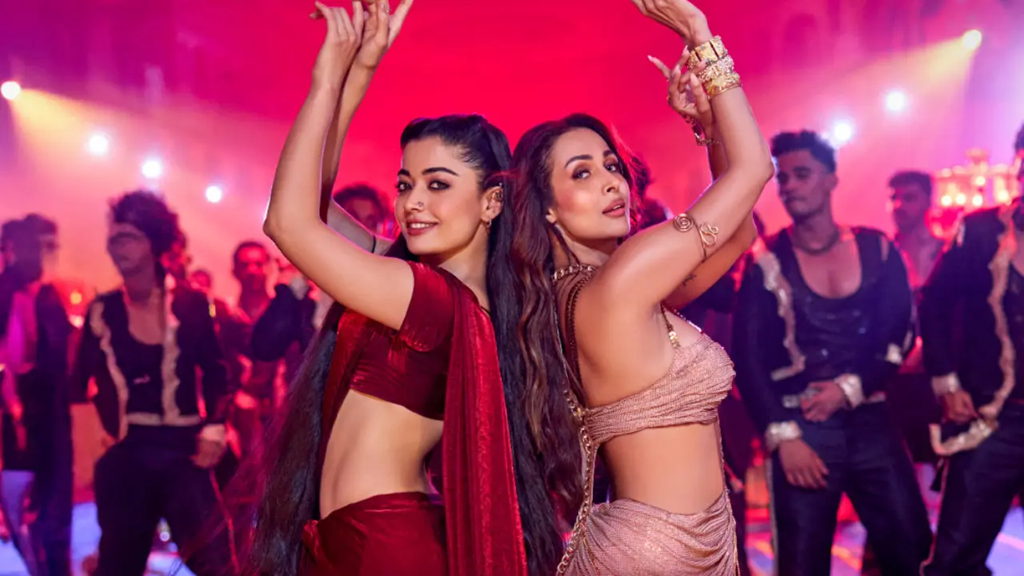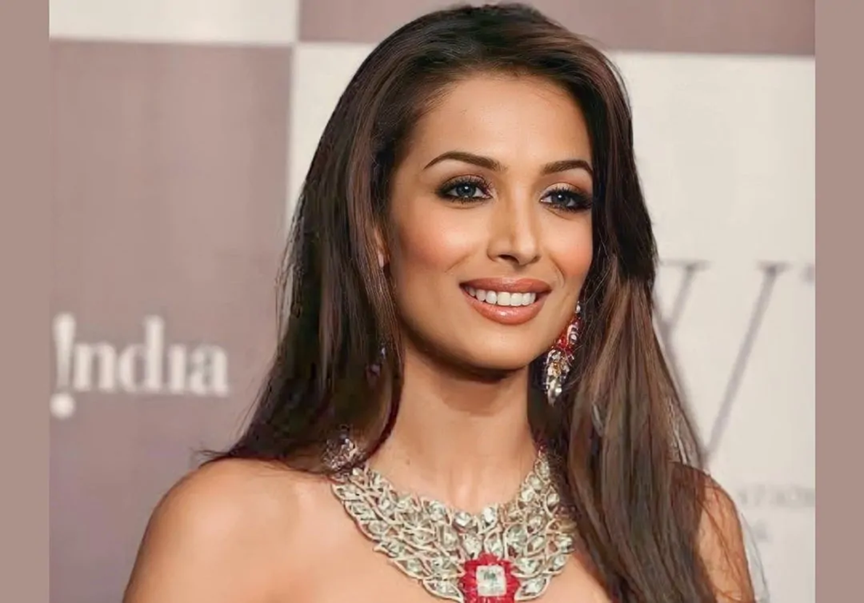Malaika Arora on the evolution of Bollywood dance numbers: “It’s now about performance, not provocation”
From ‘item songs’ to narrative-driven dance sequences — Malaika Arora charts how Bollywood’s special numbers have grown up alongside her

In a candid conversation with The Hollywood Reporter, veteran dancer-actor Malaika Arora opened up on how the landscape of Bollywood’s dance numbers has transformed over her career. What once centred purely on glitzy spectacle and the “object of desire” trope has now shifted, she says, toward meaningful performance, character integration, and self-expression.
Reflecting on the early days, Malaika noted: “Earlier, they were mostly about glamour and spectacle, often detached from a woman’s individuality. Today, filmmakers are more conscious… they integrate these numbers into stories with stronger character context. It’s less about being provocative and more about performance and presence. I see it as an evolution where women can own their space.”

She also addressed the term “item song,” a label that has long sparked debate in Bollywood. “Yes, item songs have often been linked to the male gaze,” she acknowledged, “but I’ve always looked at them differently. For me, dance is about confidence and expression. When I perform, I focus on enjoying the moment and bringing my own energy to it. As long as I feel comfortable and in control, that’s what matters most. It’s about celebrating the art and having fun with it rather than overthinking the labels.”
Discussing age and staying relevant, Malaika pointed to her recent dance number ‘Poison Baby’ in Ayushmann Khurrana and Rashmika Mandanna’s film Thamma. She shared that doing the track was about celebrating her journey and proving that “you can stay relevant and passionate at any stage,” emphasizing that “age doesn’t define your capacity to perform or inspire.”
Malaika’s journey began with chart-toppers like Chaiyya Chaiyya, Gur Naal Ishq Mitha, and Munni Badnaam Hui—songs that defined eras of Bollywood dance culture. Beyond her iconic performances, she has also served as a judge on reality shows like India’s Got Talent, reinforcing her status as a figure who bridges performance and mentorship.

She also hinted at what lies ahead — a desire to push boundaries and explore different dance idioms. Earlier this year, she expressed her wish to perform a classical Indian dance form like Bharatanatyam in a film, describing it as “something I’ve never done” but something that deeply interests her.
For Malaika Arora, the evolution of Bollywood dance numbers mirrors her own — from being the face of flamboyant hits to becoming a conscious artist who celebrates expression, individuality, and longevity in a changing industry.
Stay connected with us for the latest and exclusive updates on Hindi cinema—only here!



